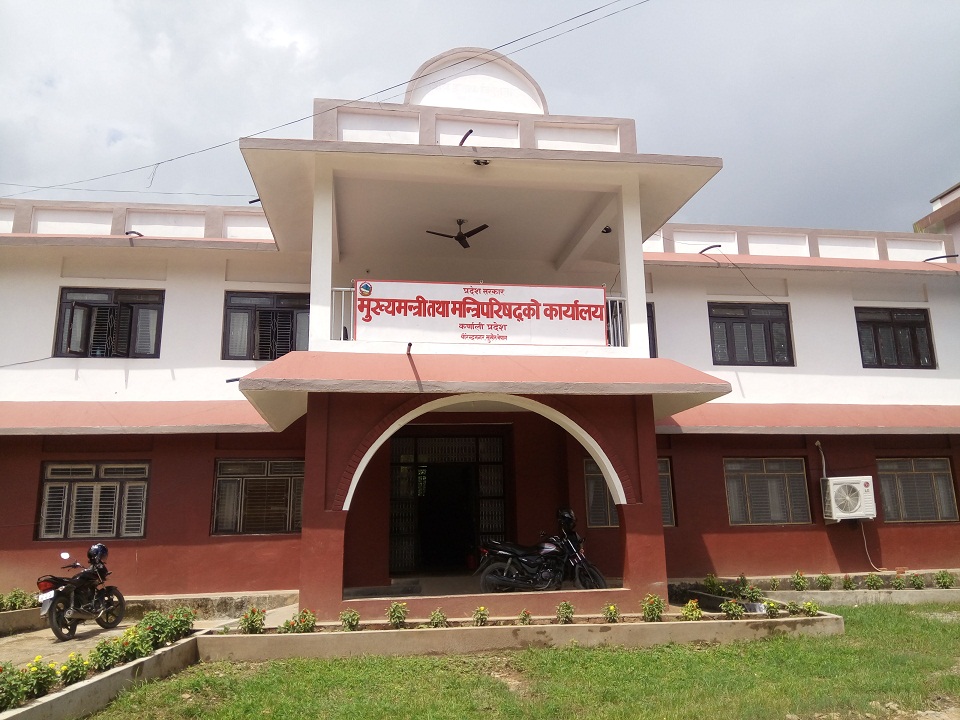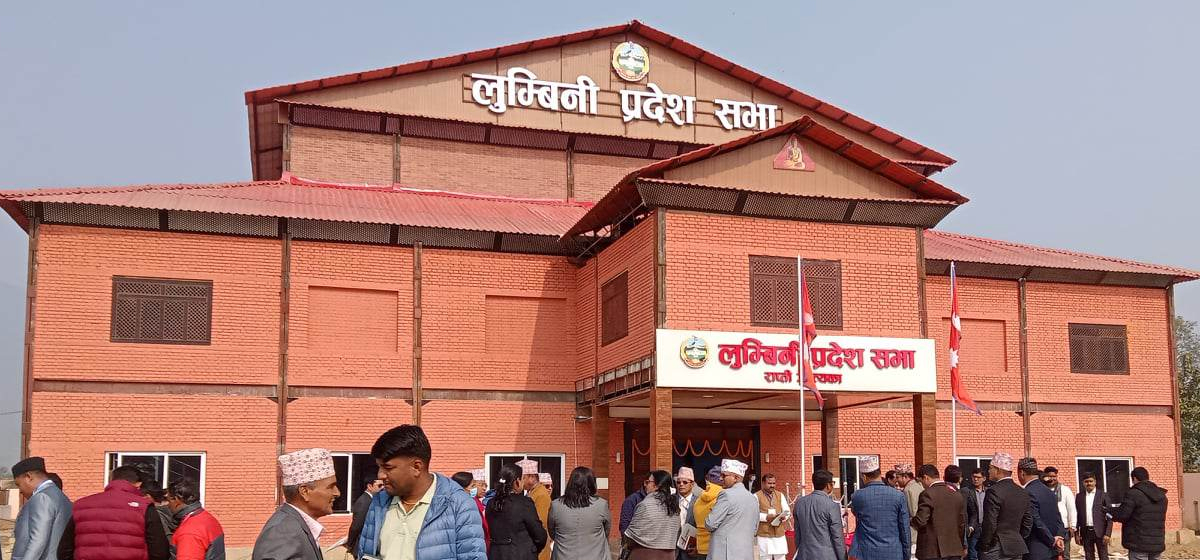
OR

Packing a backpack can be broken down into three zones: the bottom, core, and top of the pack.
As you pack, you’ll want to consider the weight and shape of each item, as well as how often you need to access your gear. Ideally, a well-loaded pack will feel balanced when resting on your hips and nothing should be shifting or swaying inside.
Packing the bottom of your backpack
The bottom of the pack is where you should stash items you won’t need until you make camp at night. Most backpackers shove their sleeping bag into the bottom of the pack. This is also where you might keep long underwear being used as sleepwear, and a pillowcase. Any other needed-only-at-night items can go down low except a headlamp or flashlight. Always have your light source in a readily accessible space.
Packing the core of your backpack
Heavier items should be centered in your pack, not too high, not too low. The goal is to create a predictable, comfortable center of gravity. Heavy items too low cause a pack to feel saggy. Too high and the load might feel tippy. Your heaviest items should be placed on top of your sleeping bag and close to your spine. Usually these items will be your food stash, and water supply. Wrap softer, lower-weight items around the weightier items to prevent heavier pieces from shifting.
Packing the top of your backpack
Many packs offer a zippered top lid. You can stash frequently used items and keep them within easy reach. This might include your map, compass, GPS, sunscreen, sunglasses, headlamp, bug spray, first-aid kit, snacks, rain gear, pack cover, and toilet paper. You can also place these in external pockets, if you have them. Some packs even offer small pockets on the hip belt. Minimize the amount of gear you attach to your pack’s exterior. External items can potentially get snagged on brush in areas of dense vegetation. Too much external gear could also jeopardize your stability.
Pro tips:
Compression straps: Tighten all compression straps to limit load-shifting.
Rain cover: Carry a pack rain cover and keep it easily accessible. Though some backpacks are made with waterproof fabric, they have seams and zippers that are vulnerable to seepage during a downpour. A pack cover is worth its weight when rain becomes persistent.
Repair items: Wrap strips of duct tape around your water bottles or trekking poles just in case; if a strap pops or some other disaster occurs, a quick duct tape fix could keep you going. Take along a few safety pins in case a zipper fails.
You May Like This

Ncell introduces monthly voice pack
KATHMANDU, July 31: Ncell has launched 'Monthly Voice Pack' for its prepaid customers, allowing them avail voice services at a... Read More...

Ncell unveils ‘Day Voice Pack’
KATHMANDU, June 21: Telephone service provider Ncell has announced its ‘Day Voice Pack’ scheme offering its prepaid subscribers 30 minutes... Read More...




Just In
- Pak Embassy awards scholarships to 180 Nepali students
- President Paudel approves mobilization of army personnel for by-elections security
- Bhajang and Ilam by-elections: 69 polling stations classified as ‘highly sensitive’
- Karnali CM Kandel secures vote of confidence
- National Youth Scientists Conference to be organized in Surkhet
- Rautahat traders call for extended night market hours amid summer heat
- Resignation of JSP minister rejected in Lumbini province
- Russia warns NATO nuclear facilities in Poland could become military target














Leave A Comment